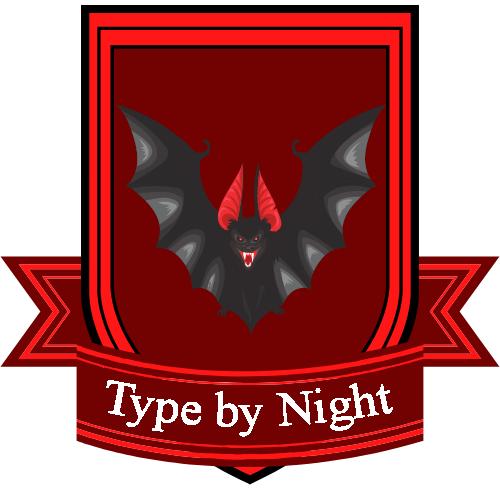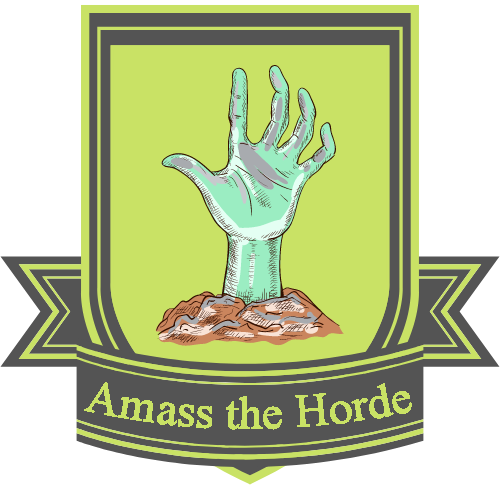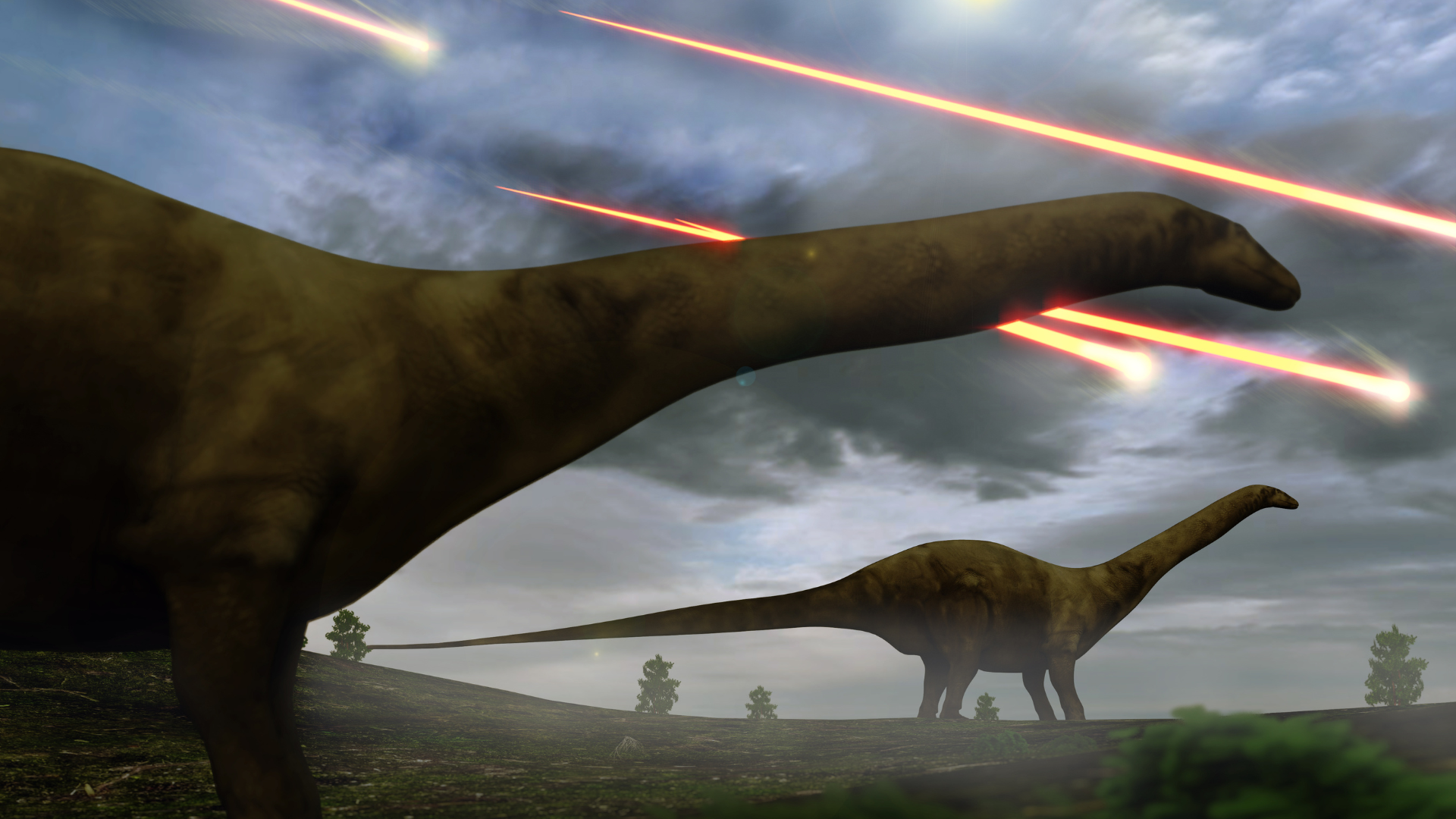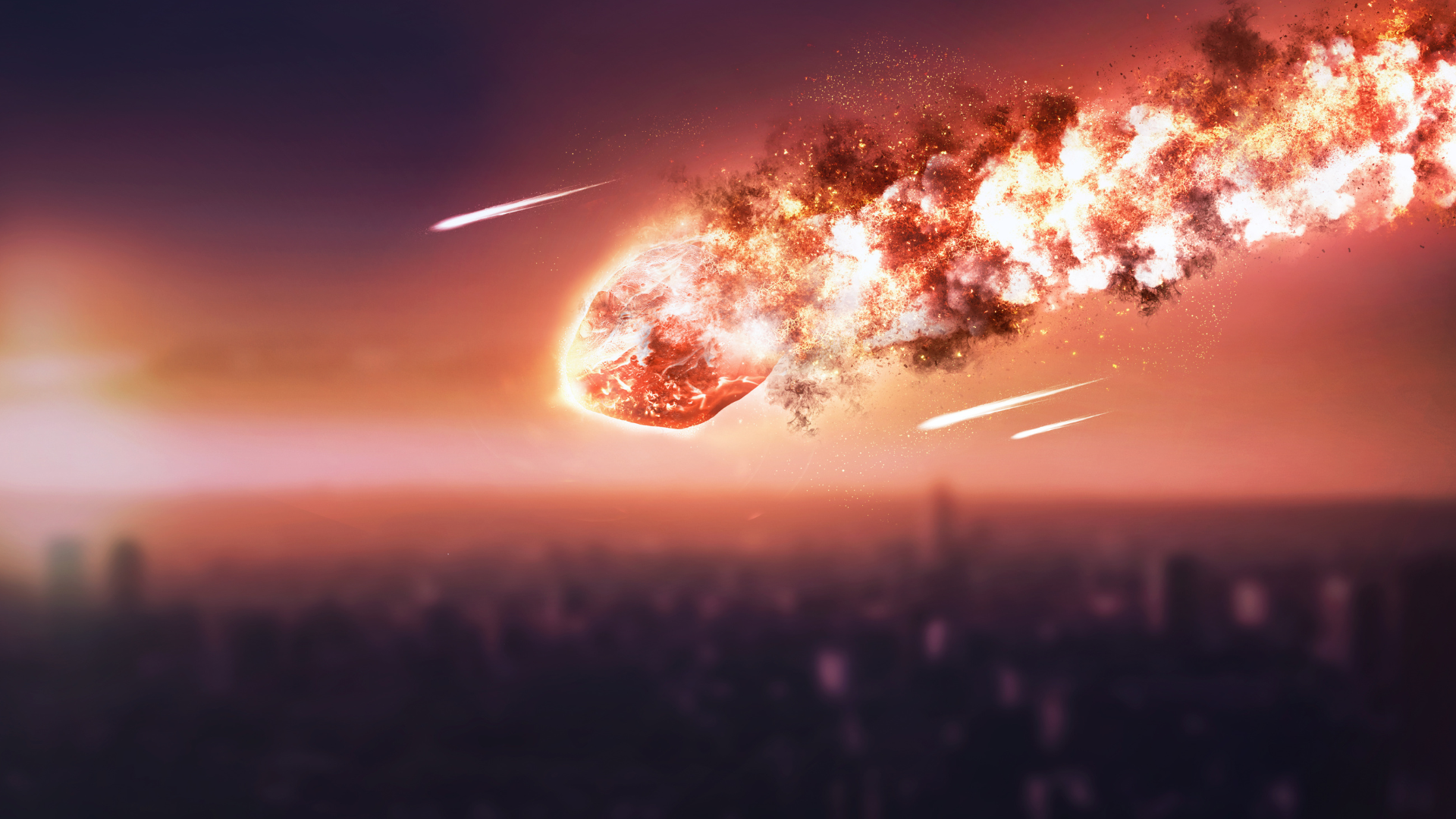The Dinosaur Killer
The Dinosaur Killer is the name that House Sauropoda has given to the meteor that caused the Cretaceous–Paleogene extinction event, the mass extinction of three-quarters of the plant and animal species on Earth approximately 66 million years ago. The event caused the extinction of all non-avian dinosaurs and any four-limbed animal species weighing more than 25 kg, except for a handful of cold-blooded species such as sea turtles and crocodilians. This event also destroyed what is commonly known as the Dinosaur Civilization, which was a technologically and Literomantically advanced civilization that predated Humanity.
Manifestation
In 1980, a team of scientists led by Luis Alvarez and his son Walter, proposed that what was then known as the Cretaceous-Tertiary extinction event was caused by the impact of a massive asteroid 10 to 15 km wide, 66 million years ago, causing the Chicxulub impact crater. This devastated the global environment, mainly through an extended impact (nuclear) winter, which prevented photosynthesis in plants and plankton. The impact hypothesis, also known as the Alvarez hypothesis, was supported by number of other significant discoveries:
- In the geologic record, the event is marked by a thin layer of sediment, which can be found throughout the world in marine and terrestrial rocks. The boundary clay shows unusually high levels of the metal iridium, which is significantly more common in asteroids than in the Earth's crust.
- Early 1990s: the 180 km Chicxulub crater was discovered in the Gulf of Mexico's Yucatán Peninsula, providing conclusive evidence that the Cretaceous–Paleogene boundary clay was, in fact, debris from an asteroid impact.
- The extinctions occurred simultaneously, which is strong evidence that they were caused by something sudden and with global impact, such as a large asteroid.
- 2016: a drilling project into the Chicxulub peak ring confirmed that it was formed of granite ejected within minutes from deep in the earth, but contained hardly any gypsum, the usual sulfate-containing sea floor rock in the region. In a meteor impact, the gypsum would have vapourized into the atmosphere, causing longer-term effects on the climate and food chain.
- October 2019: researchers asserted that this vapourizing gypsum would have rapidly acidified the oceans, producing long-lasting effects on the climate.
- 2022: House Sauropoda unearthed the ancient Sauropodan Library, which is carved into stone in a vast underground cave network in the Jewel Cave system in South Dakota. Enough Dinoglyphics were deciphered that researchers were able to confirm both that there was an ancient civilization of dinosaurs, and that it was indeed destroyed by a giant meteor impact, causing the Cretaceous–Paleogene extinction event.
WIP
Streamer
Missing
Status: Location Unknown
Deceased
Status: Deceased Character
Retired
Status: Retired Character or Article
Type
Natural
According to Sauropodan tradition, the Meteoric Iron that forms the covers of The Iron Tome was acquired from the Chicxulub meteor. This cannot be reliably confirmed by any secondary sources, however.
THIS SECTION HAS BEEN REDACTED BY THE SAUROPODA PROTECTORATE FOR SECURITY REASONS BY ORDER OF THE RAPTOR SQUAD.
Information not widely known in the GoTverse
Did the Sauropodans sow the seeds of their own destruction? The existence of Meteor Swarm as a signature Sauropodan power suggests that perhaps they were the ones who called down the meteor that was so horribly destructive... and there is some evidence among the recovered Sauropodan Library that may support this. Those among the Tome Knights who know about this suspect, by the timing, it may have had something to do with the long conflict between House Sauropoda and House Avis. However, this section of the library is not completely translated yet, and therefore, no one is quite ready to make this assertion, in case further research alters this interpretation.


















What a nice breakdown of historical knowledge and a flair for the mystery of whether the dinosaurs destroyed themselves, or it was just a natural coincidence.